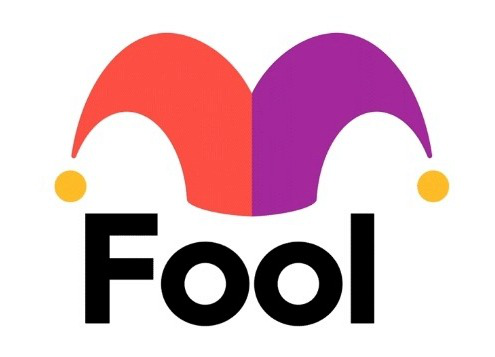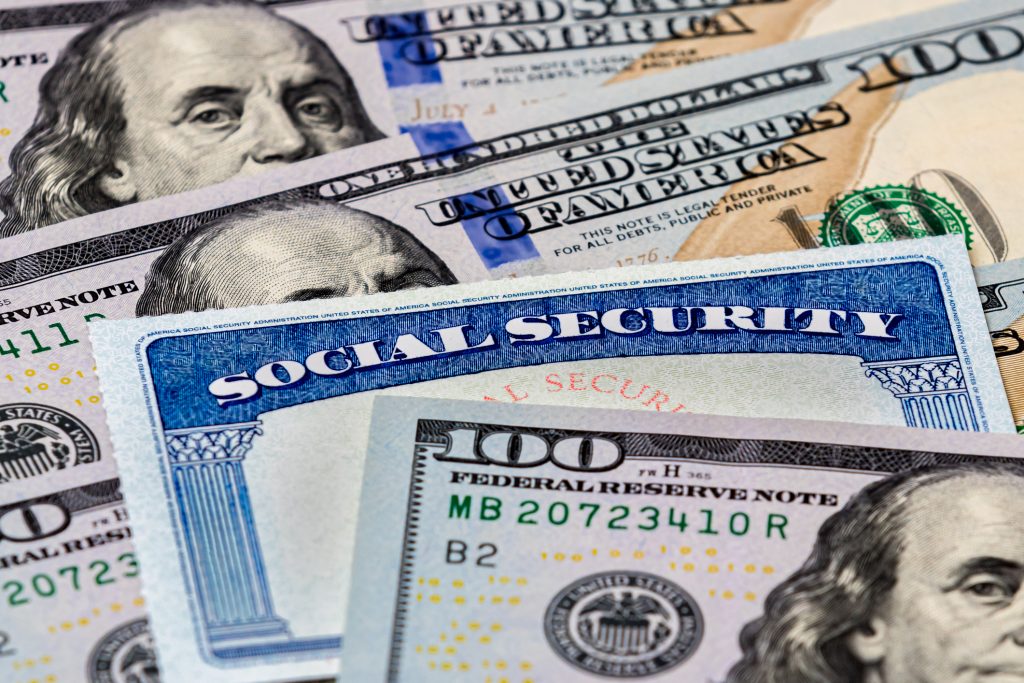It’s official: Social Security’s cost-of-living adjustment (COLA) for 2025 has been announced. Come January, current beneficiaries will be receiving 2.5% more than they’re getting now, mirroring 2024’s overall inflation rate.
Somehow it doesn’t seem like enough, however. Although it’s a purely mathematical matter, most people — and retirees in particular — seem to be struggling more than they have in the past to keep up with rising costs. The little extra expenses can really add up in the aggregate.
With that as the backdrop, although I’m not retired yet, those days are on my radar. Here’s what I’m planning to do based on what I’m seeing now. Feel free to borrow my inflation-beating retirement strategies for yourself.
Buying proven dividend growers
Broadly speaking, the older you are, the less exposure to the stock market you’re supposed to take on. When you need safety and certainty, more reliable investments like interest-bearing bonds and even higher-yielding cash balances are prioritized. And understandably so.
Here’s what I’ve decided, though: With interest rates finally at least a little higher, the trade-off for owning markedly more fixed income and fewer equities isn’t worth it any longer. No, I’m not going nuts — I’m still going to want and even need reliable investment income. I’m also going to need at least some growth (price appreciation) from the stocks paying my growing dividends.
This will be best achieved by names like The Coca-Cola Company (NYSE: KO) and Procter & Gamble (NYSE: PG). They may not have the biggest dividend yields, but they offer above-average yields of 3% and 2.2%, respectively, and their dividends’ growth rates outpace average long-term inflation rates. Both companies have raised their payouts every year for decades. Both stocks also make respectable price progress, given enough time.
One prospect I’m no longer interested in owning? Treasury Inflation-Protected Securities, or TIPS. While these government-issued bonds achieve their intended goal of adjusting their interest payments in step with inflation, they never actually beat inflation. Sooner or later, you’re going to want a little bit more of an edge.
Dialing back my portfolio’s overall volatility
In light of my plans to own more dividend-paying stocks in retirement than I was thinking I would want just a few years ago, I’m also going to be holding a heck of a lot fewer growth stocks in retirement. I may decide to own none. That doesn’t mean I’m giving up altogether on capital appreciation. I’ll just do it through dividend-paying names.
It’s not a strategy everyone will agree with these days. Not owning red-hot tickers like Nvidia (NASDAQ: NVDA) or Amazon (NASDAQ: AMZN) seems like a plan that leaves easy money on the table. Don’t be fooled, though. While these stocks have indeed been incredibly strong performers since the broad market hit a pandemic-prompted low in early 2020, this strength has been an exception to the norm rather than the norm.
So don’t look for a repeat performance, from them or any other growth names. If anything, we could be moving into a phase when value stocks are set to perform at least as well as growth stocks, if not better. It’s a potential risk to retirees because nobody wants to be forced to sell growth stocks at a temporary low simply because there’s a desperate need for spendable cash that dividends would otherwise offer.
Make an (honest) budget, and then cull the silly spending
Of course, managing my investments to minimize my overall risk while maximizing my near-term and long-term income is only half the battle. Knowing where my money is going before and after it goes is another important component of my plan. That’s why I’m going to make a detailed budget based on my actual monthly bills.
And then I’m going to cut out all of the silly spending. Assuming I’m like most other consumers/investors, I don’t expect to find any glaringly ridiculous expenses. (Like most of you, I’m not regularly jetting my way to the French Riviera.) But that’s not how most retirees slowly slip into financial strain.
The real hardships are often the result of too many nickel-and-dime costs that collectively add up. Time-shares, a few too many high-end dining experiences, using public storage facilities, and buying insurance they don’t actually need are some of the more common expenses that many retirees end up lamenting.
Less-obvious costs that can chip away at your financial health are not using senior discounts, not price-shopping cellphone plans, or carrying credit card balances that could be paid off. This is as much a mental and psychological exercise as it is a mathematical one. Cutting these costs will likely require effort, and maybe even sacrifice.
Waiting for an ideal time to convert my IRA to a Roth
Lastly, although it doesn’t directly combat inflation, converting my conventional individual retirement account (IRA) to a Roth IRA could be a way to conserve cash by limiting the taxes I ultimately pay on these retirement savings.
But first things first. For most people most of the time, ordinary IRA contributions are deducted from taxable income; the Internal Revenue Service taxes this money like income when it’s removed from these retirement accounts.
Roth IRAs work in the opposite way. These contributions aren’t tax-deductible as they’re being made, but when money comes out of Roth accounts in retirement, it comes out tax-free. Since I’m going to pay taxes on any money as it’s taken out of my traditional IRA — including 401(k)s — I’m aiming to pay this money whenever my potential tax liability is at its lowest.
So how can I use these withdrawal rules to my advantage? I have the option of converting some — or even all — of my regular IRA to a Roth IRA, after which any withdrawals will be tax-free. The only catch is that I must pay taxes on all of this money the year in which it’s converted to a Roth.
It may be worth it at the time, though, if the market and the account’s value are down and if I have the money for these taxes available when I’m ready to make the conversion.
Conversely, you probably don’t want to make this move after a major market rally. Your account’s value may be a bit overinflated, maximizing your tax bill from the conversion.
Also be aware that Roth conversions are taxed like ordinary income. If they’re big enough, it could push you into a higher tax bracket for that particular year. It might make more sense to convert just enough to pay a minimum amount of tax on this money, and maybe hold off on converting another portion of your traditional IRA to a Roth in a different year.
The $22,924 Social Security bonus most retirees completely overlook
If you’re like most Americans, you’re a few years (or more) behind on your retirement savings. But a handful of little-known “Social Security secrets” could help ensure a boost in your retirement income. For example: one easy trick could pay you as much as $22,924 more… each year! Once you learn how to maximize your Social Security benefits, we think you could retire confidently with the peace of mind we’re all after. Simply click here to discover how to learn more about these strategies.
View the “Social Security secrets” »
John Mackey, former CEO of Whole Foods Market, an Amazon subsidiary, is a member of The Motley Fool’s board of directors. James Brumley has positions in Coca-Cola. The Motley Fool has positions in and recommends Amazon and Nvidia. The Motley Fool has a disclosure policy.
 benzinga.com
benzinga.com fool.com
fool.com



